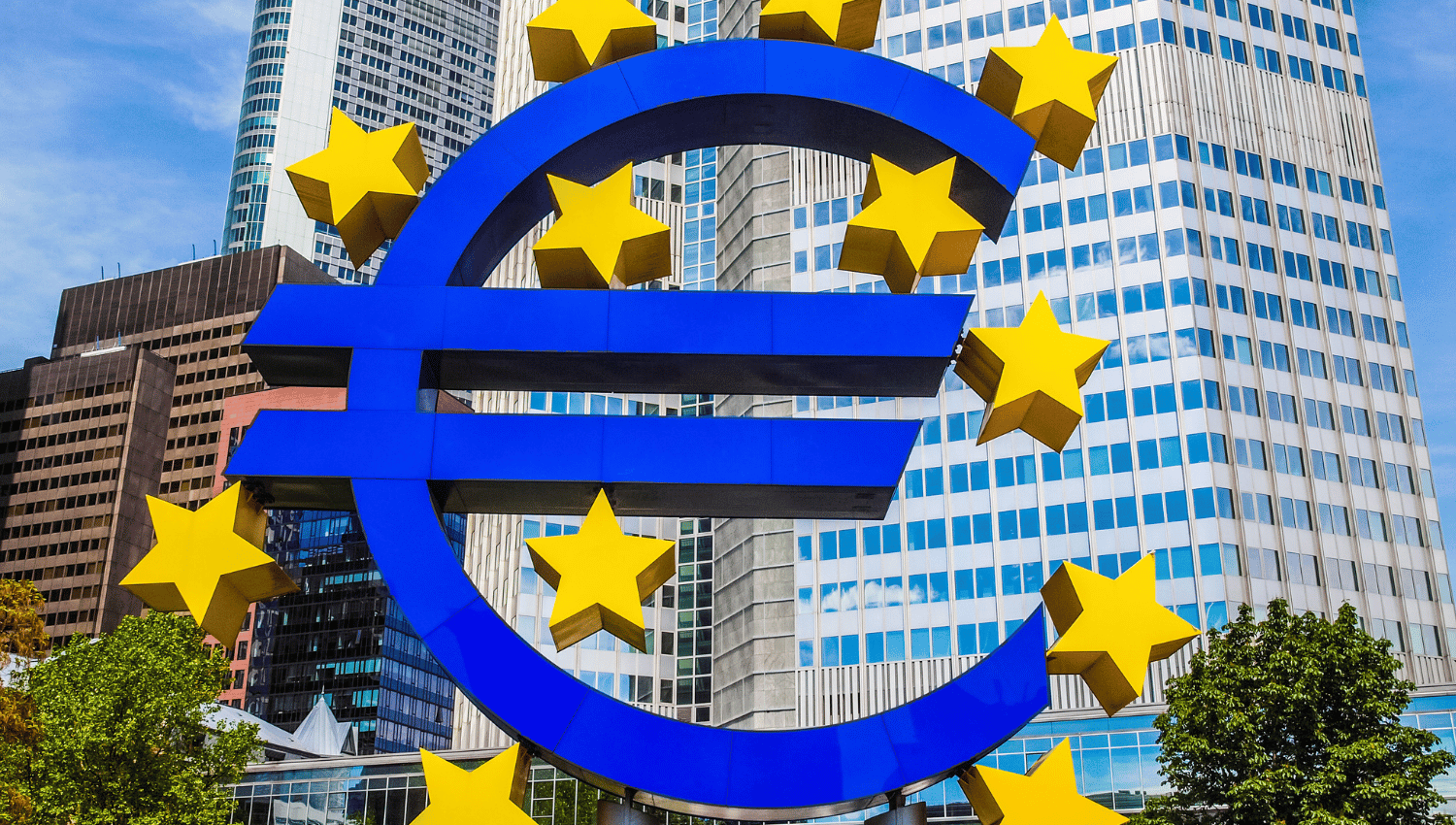Overview
The EUR/USD pair has seen a volatile session, marked by the European Central Bank’s (ECB) decision to keep interest rates unchanged, which aligns with market expectations. The decision to hold rates steady, combined with a stronger-than-anticipated Philly Fed survey and rising US yields, has put the bulls on the sidelines for now.
ECB Decision and Market Reactions
The ECB’s announcement to maintain its three key interest rates steady has led to mixed reactions. ECB President Christine Lagarde emphasized the central bank’s data-dependent approach, leaving the door open for potential rate cuts in September. This stance reflects the ECB’s cautious optimism about inflation trends and the broader economic outlook.
During Lagarde’s press conference, the market saw a decline in German yields and a widening of the German-US spread, further bolstering the US dollar. The EUR/USD pair, which opened near 1.0935 in New York after trading at 1.0941 on EBS overnight, saw its drop extend to 1.0905 before recovering slightly to 1.0915 by the afternoon, down 0.23% for the day.
Technical Analysis
Daily RSI indicators suggest a potential consolidation of recent gains, although a falling daily RSI indicates bearish momentum. However, the pair remains above its 10-day moving average (DMA), a bullish technical signal, supported by a rising monthly RSI.
Economic Indicators and Market Sentiment
The ECB’s decision was influenced by a combination of high domestic inflation, particularly in the labor market, and concerns over economic growth. Lagarde noted that inflation is expected to fluctuate around current levels for the remainder of the year, with risks to growth tilted to the downside. Despite this, the ECB avoided committing to a specific rate path, choosing instead to remain flexible and responsive to incoming data.
The US dollar’s strength was reinforced by positive economic data, including a higher-than-expected Philly Fed Business Index and rising US yields. Additionally, the market reacted to increased weekly jobless claims, driven partly by summer auto plant shutdowns and Hurricane Beryl.
Market Outlook and Future Risks
Looking ahead, the market will closely monitor several key events. The upcoming German June PPI data and Japan’s June CPI will be pivotal in assessing risk sentiment in Asia and Europe. Furthermore, speeches by Fed officials Williams and Bostic during New York hours on Friday could provide additional insights into US monetary policy direction.
Financial markets are currently pricing in a 65% chance of a rate cut by the ECB in September, contingent on the upcoming macroeconomic projections. If the data confirms disinflation and subdued growth, the ECB may proceed with a 25 basis point cut, aligning with the cautious yet responsive approach highlighted by Lagarde.
Perspectives and Justifications
Analysts offer varied perspectives on the ECB’s stance. Seema Shah from Principal Asset Management supports the ECB’s refusal to pre-commit to a policy path, noting the balance between sticky inflation and a cyclical economic upturn. Stefan Gerlach of EFG Bank underscores the importance of the ECB’s data-dependent approach, particularly given the recent communications challenges.
Samuel Adams of UBS Global Wealth Management believes the easing cycle is not over, anticipating gradual rate cuts if disinflation continues. Kyle Chapman of Ballinger Group highlights the significant shift from heavy signaling prior to June, emphasizing the ECB’s non-committal stance.
Mark Wall from Deutsche Bank Research and Yael Selfin from KPMG both foresee a likely rate cut in September, provided the data supports the ECB’s baseline projections. Arne Petimezas from AFS Group also anticipates a September cut, echoing the sentiment that disinflation will resume in the eurozone.
Technical Forecast and Outlook for EUR/USD and Global Markets
EUR/USD Technical Forecast
Current Levels:
- Support: 1.0900
- Resistance: 1.0982 (March 8th high), 1.1000 (psychological level)
Indicators:
- RSI (Relative Strength Index): Daily RSI is falling, indicating potential consolidation of recent gains. However, the monthly RSI is rising, signaling longer-term bullish momentum.
- Moving Averages: The pair is holding above the 10-day moving average (10-DMA), which is a bullish signal. The 50-DMA and 200-DMA are also critical levels to watch for potential support and resistance.
Chart Patterns:
- Ascending Channel: EUR/USD is trading within an ascending channel, suggesting a bullish trend in the medium term. A break below the channel’s lower boundary near 1.0900 could signal a reversal or deeper correction.
- Bullish Flag: The pair’s recent consolidation could be forming a bullish flag pattern, indicating a potential continuation of the uptrend if the resistance at 1.0982 and 1.1000 is breached.
Key Levels to Watch:
- Short-Term Resistance: 1.0982, 1.1000
- Short-Term Support: 1.0900, 1.0850
- Long-Term Resistance: 1.1050 (January 2022 high)
- Long-Term Support: 1.0800 (key psychological level)
Forecast: In the short term, EUR/USD may continue to consolidate between 1.0900 and 1.1000. A breakout above 1.1000 could pave the way for a move towards 1.1050 and beyond. Conversely, a break below 1.0900 could lead to a test of 1.0850 and potentially 1.0800.
Conclusion
The ECB’s decision to hold rates steady, coupled with rising US yields and stronger-than-expected US economic data, has placed EUR/USD bulls on the sidelines. The pair’s future trajectory will depend on upcoming economic data, particularly the ECB’s September macroeconomic projections. While technical indicators suggest potential consolidation, market sentiment remains cautious, with a keen eye on future risks and policy directions from both the ECB and the Federal Reserve.
The narrative underscores the complexities of balancing inflation control with economic growth, highlighting the ECB’s commitment to a flexible and data-driven approach. As the market navigates these uncertainties, the interplay between eurozone and US economic indicators will continue to shape the EUR/USD outlook.
Disclaimer: This is not an Investment Advice. Investing and trading in currencies involve inherent risks. It’s essential to conduct thorough research and consider your risk tolerance before engaging in any financial activities.



